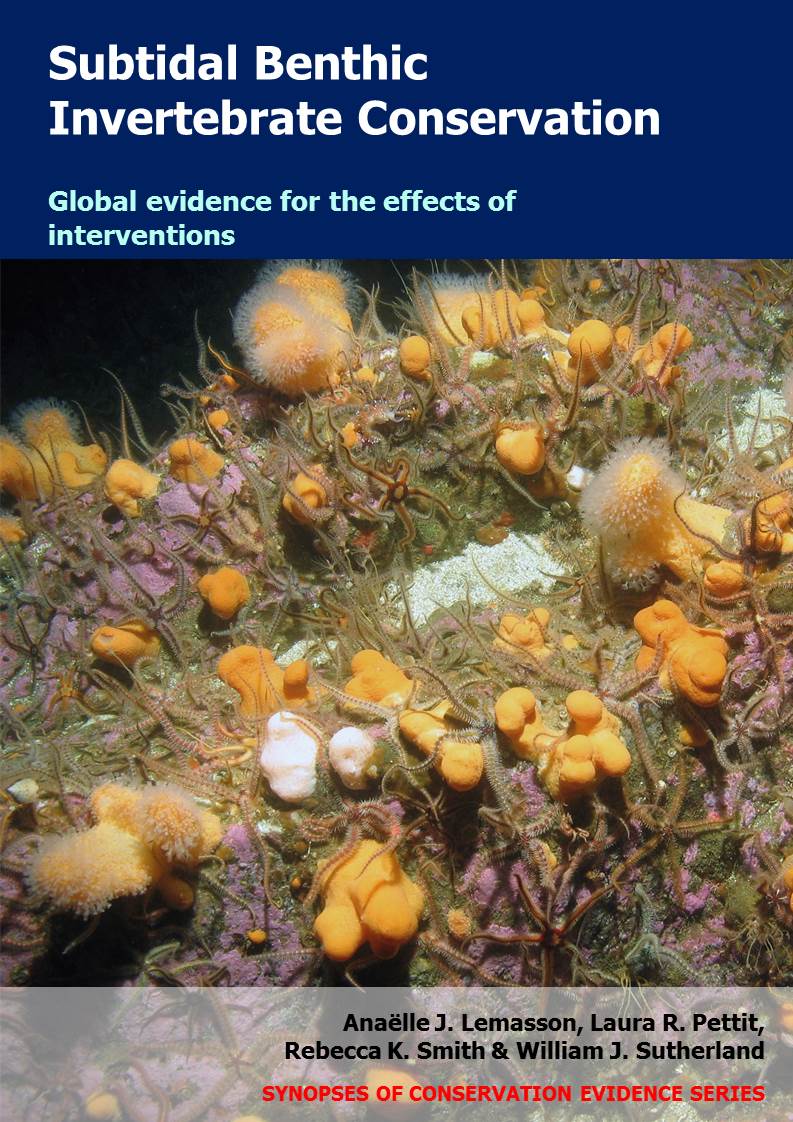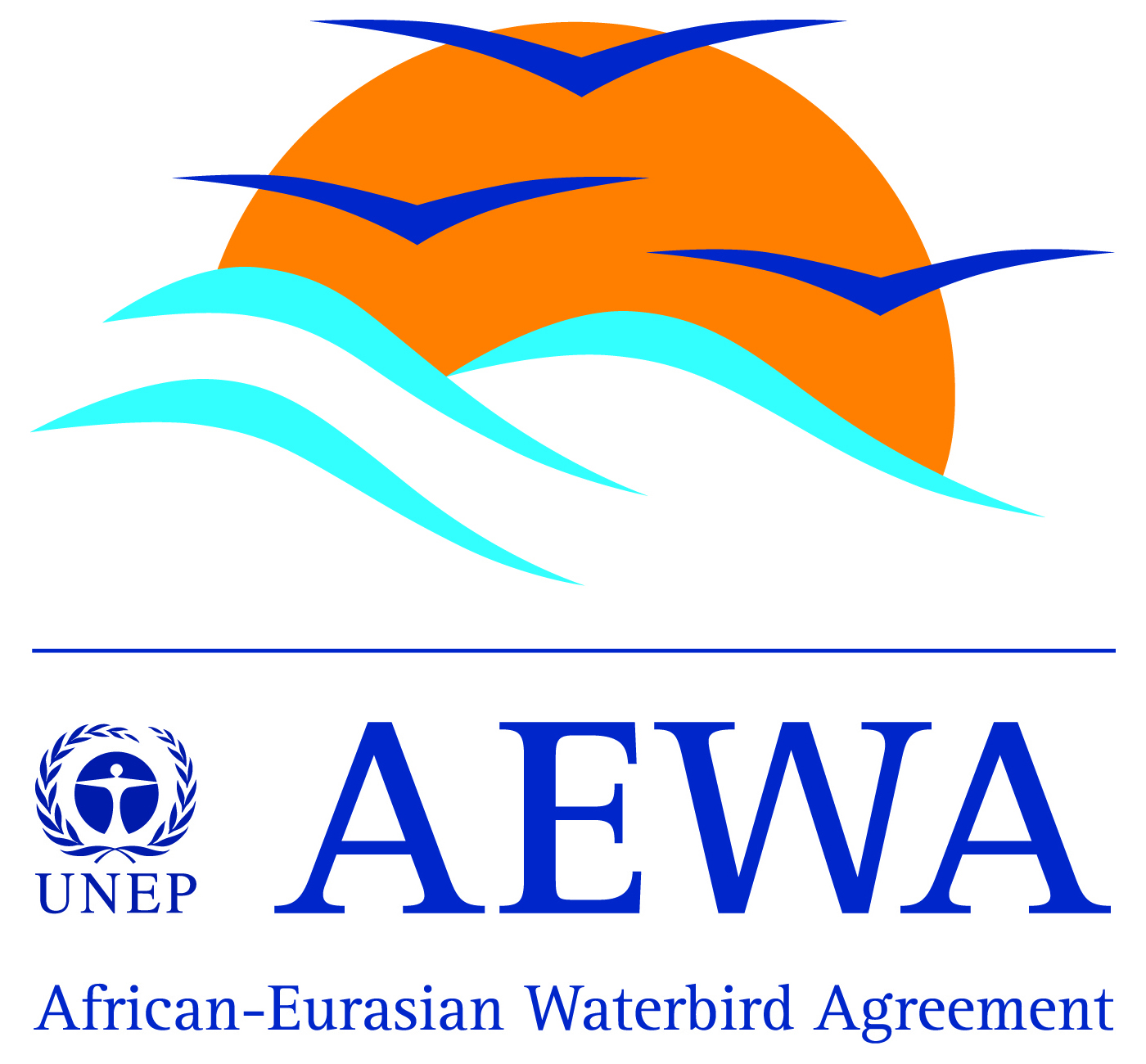Install physical barriers to prevent trawling
-
Overall effectiveness category Unknown effectiveness (limited evidence)
-
Number of studies: 1
View assessment score
Hide assessment score
How is the evidence assessed?
-
Effectiveness
75% -
Certainty
32% -
Harms
0%
Study locations
Supporting evidence from individual studies
A before-and-after study in 1998–2007 in one area of soft seabed in the Cantabrian Sea, southern Bay of Biscay, Spain (Serrano et al. 2011) found that one to four years after installing barriers to prevent illegal trawling the biomass of invertebrates increased, and species community composition changed. Total invertebrate biomass was higher after one (3 kg/ha) and four years (7 kg/ha), compared to before installation (0–1 kg/ha). There were increases in the biomass of sea urchins (before: 12; after: 3,150 g/ha), common octopus Octopus vulgaris (before: 222; after: 920 g/ha), starfish (before: 9; after: 78 g/ha), gastropods (before: 18; after: 50 g/ha), cuttlefish Sepia spp. (before: 56; after: 131 g/ha), and curled octopus Eledone cirrhosa (before: 9; after: 18 g/ha). Invertebrate community composition was different before and after deployment (results presented as graphical analyses). Bottom trawling in the area was prohibited at depths <100 m by local legislation, but illegal trawling was common. To prevent it, artificial reefs (groups of concrete blocks 2 km apart; numbers not specified) were deployed in 2003 at 80–85 m depth. One sampling station near each group of blocks (sandy seabed without blocks) was surveyed annually in October in 1998–2007 (survey methods not specified).
Study and other actions tested
Where has this evidence come from?
List of journals searched by synopsis
All the journals searched for all synopses
This Action forms part of the Action Synopsis:
Subtidal Benthic Invertebrate Conservation





)_2023.JPG)














